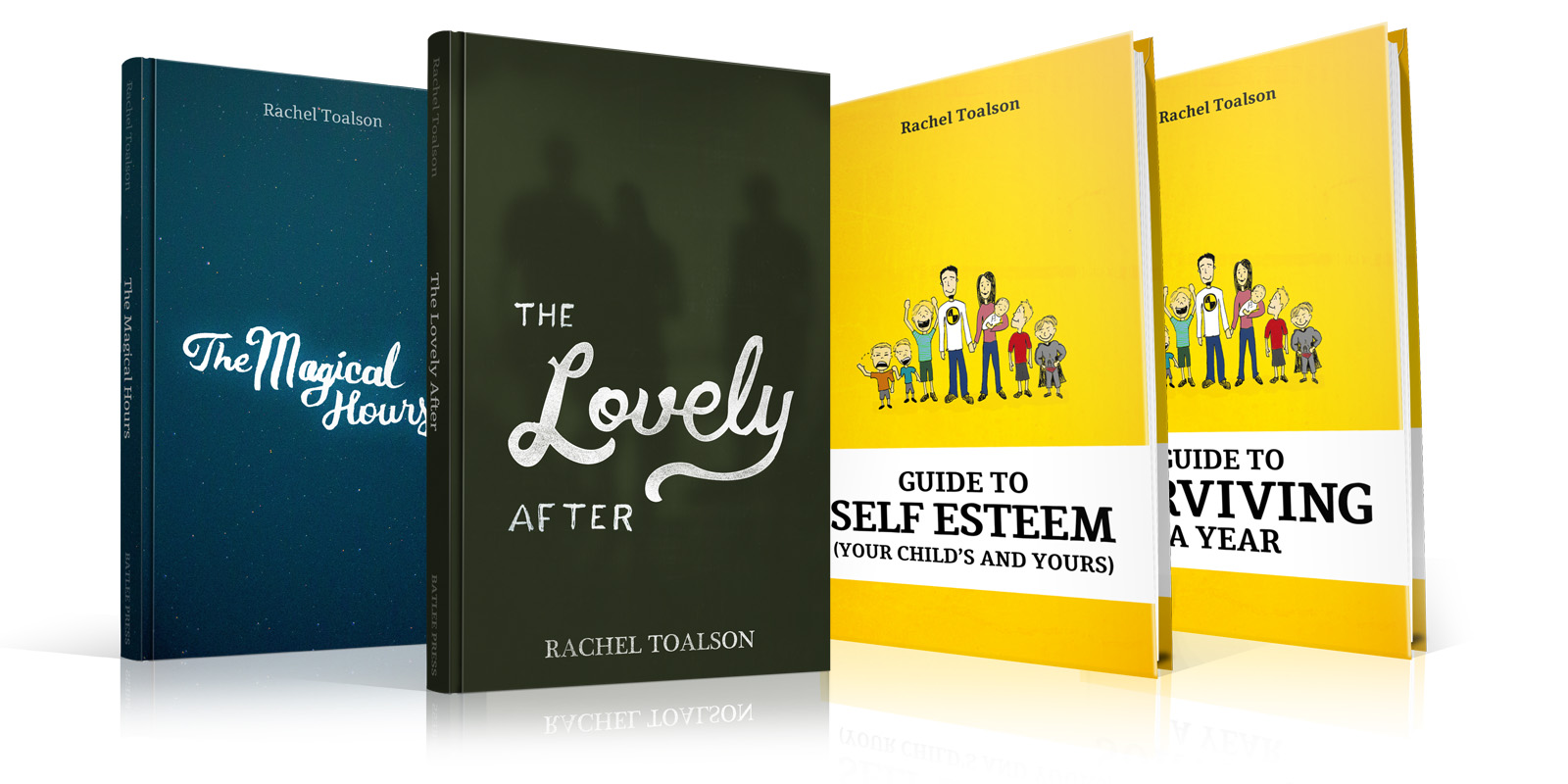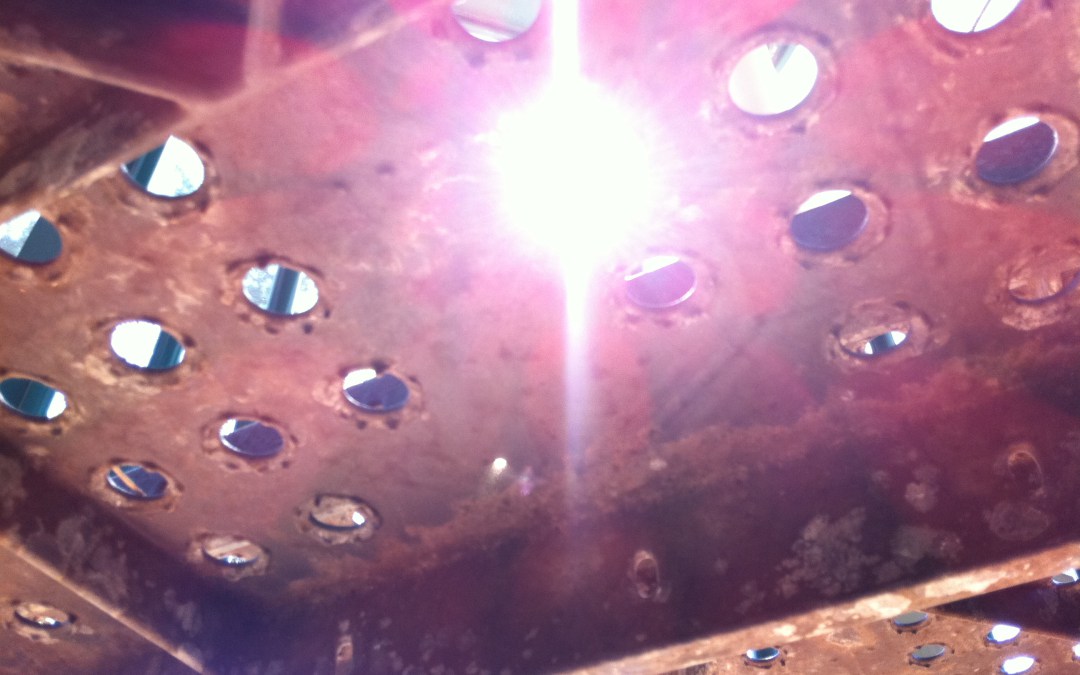
by Rachel Toalson | Poetry
It’s hard to know
what will break us
and what will glue us whole.
That tiny patch of wet,
insignificant and unnoticed
and misjudged,
broke your car and you
and all those who love.
Tray drove the way
to your sleeping place,
and we wait and wait
and wait beneath those
too-bright lights in those
too-cold chairs by those
too-unknown people,
who watch and
stare and gape.
Your mother walks in,
eyes red and swollen,
and then your dad behind her,
face spotted and splotched.
They hold me while they weep,
and Tray stands aside,
his eyes on the ceiling,
where tiles stretch
their straight lines
from one end of the
room to another.
Men in white appear suddenly,
saying all those words
I don’t understand except
for the two that mean
everything and nothing
at the same time.
Still breathing.
They let us in to see what’s left,
and I stare at you, small and pale
and wrapped in bindings.
I sit and wait
and watch and wait
and grip and wait.
Tray leaves to find
everyone food,
and still I wait.
Your mother’s eyes
drop closed
and still I wait.
The blood on my shirt
turns black
and still I wait.
Your mother leans close
after a time, smelling
of sweat and tears
and traces of citrus.
It’s been days. Weeks.
I don’t know.
He was always a
late sleeper, she says.
He preferred his dreams
to what the world offered.
She smiles, her lips
thinning like tightropes,
and her eyes, the ones
she gave you, blink sad.
He’s dreaming now.
She looks at the broken you,
then down at her hands.
Maybe we should
leave him to dream.
I shake my head,
back and forth,
back and forth,
a thousand times.
No, I say. No. No.
I will not leave
my beloved.
Do you hear me?
I will not leave you,
my beloved.
I am waiting
for our begin.
This is an excerpt from The Lovely After. Visit my Reader Library page, where you can get it and a couple of volumes for free.
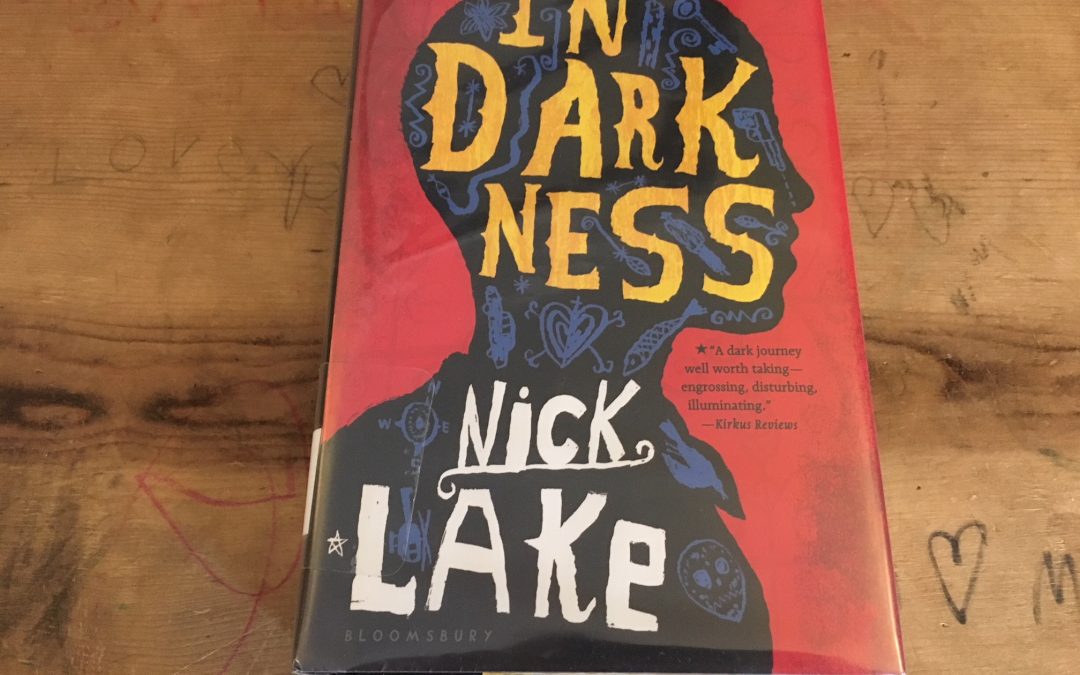
by Rachel Toalson | Books
I’ve been slowly making my way through old award-winning young adult novels, and In Darkness, by Nick Lake, was next on my list. While it was somewhat long, I found it very interesting.
In Darkness is the story of a boy who is caught beneath some hospital ruins after an earthquake in Haiti. But what makes it so interesting is that it intersperses Haitian culture and folklore with chapters that tell the story of the main character, Shorty.
Here are three things I enjoyed most about In Darkness:
- The personality. Shorty was a very engaging narrator, and there was plenty in the first few pages to make you like him, even though he was a gangster and had killed people on the streets of Haiti. You understood his choices and why he did the things he did, and his voice and the way he told his story naturally endeared you to him. Although he was not necessarily an honorable character, you couldn’t help but care for him.
- The folklore. Each chapter that told Shorty’s story was followed by a chapter that told the story of Toussaint, the liberator of Haiti, who freed all the slaves (according to folklore and some historical proof) and became sort of a mythical legend in Haitian culture. The folklore elements were interesting asides that came together in a big way at the end.
- The window into the world of Haiti. You could tell that Lake had done his research into what it was like living on the streets of Haiti. You could see the slums take shape in your mind and the personality of the different gangs and the choices people made to survive them. It was magnificently done.
My favorite lines in the book were the opening ones:
“I am the voice in the dark, calling out for your help.
“I am the quiet voice that you hope will not turn to silence, the voice you want to keep hearing cos it means someone is still alive. I am the voice calling for you to come and dig me out. I am the voice in the dark, asking you to unbury me, to bring me from the grave out into the light, like a zombi.
“I am a killer and I have been killed, too, over and over; I am constantly being born. I have lost more things than I have found; I have destroyed more things than I have built. I have seen babies abandoned in the trash and I have seen the dead come back to life.
“I first shot a man when I was twelve years old.
“I have no name. There are no names in the darkness cos there is no one else, only me, and I already know who I am (I am the voice in the dark, calling out for your help), and I have no questions for myself and no need to call upon myself for anything, except to remember.
“I am alone.
“I am dying.”
Of course you have to keep reading. And you will.
The above is an affiliate link. I only recommend books that I personally enjoy. I actually don’t even talk about the books I don’t enjoy, because I’d rather forget I ever wasted time reading them. But if you’re ever curious whether I’ve read a book and whether I liked or disliked it, don’t hesitate to ask.
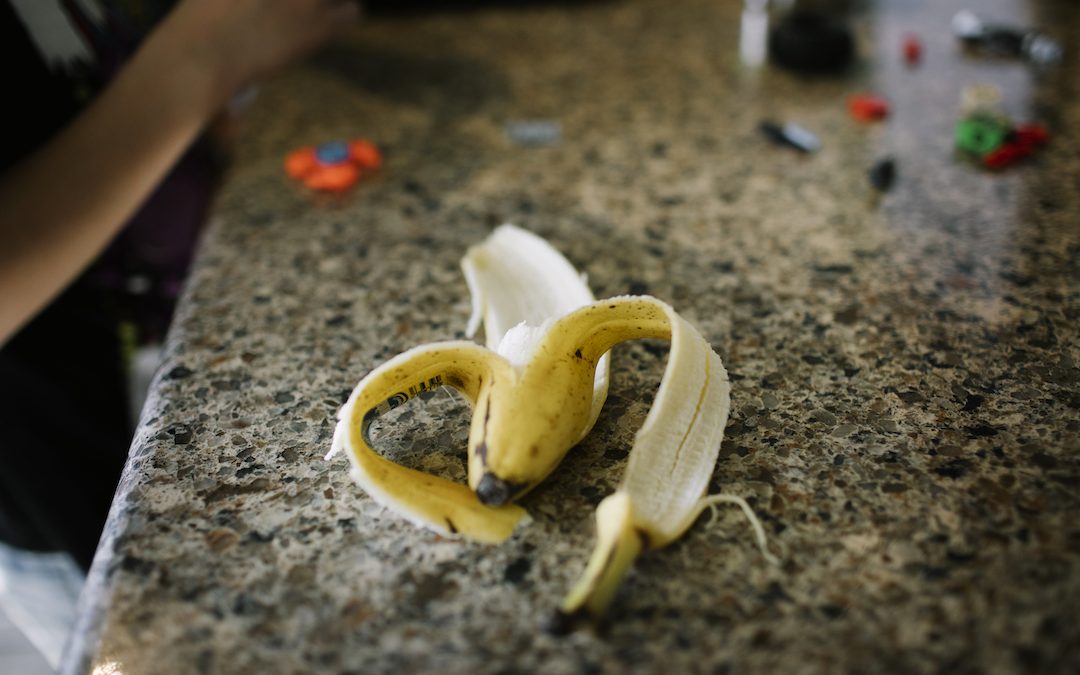
by Rachel Toalson | Crash Test Parents
Kids are the greatest, aren’t they? You tell them to handle that glass with care (they weren’t supposed to have it in the first place, but they’re getting older; everybody deserves a chance to prove themselves), and as soon as they nod their agreement, the glass slips out of their hands and shatters on the floor, milk splattering all over the cabinets.
They just wanted you to have something to clean up.
This is only one of the ways children love their parents. There are several more, including
1. Knees and elbows everywhere.
Any time I’m sitting in a chair, minding my own business (usually reading), a boy will launch himself into my lap. And by launch, I mean with missile-speed. If the book doesn’t take my face off, an elbow or knee will do the trick. I’ve almost lost teeth in the launch process.
If I happen to stretch out on the floor for a moment of meditation (or a short ten-minute nap), boys will climb all over me, jump off me, try to turn me over. They are the boniest creatures I’ve ever known. I wear more bruises on my body than I ever did when I played high school volleyball.
2. All the things they leave out.
My boys have one talent that rises above all the others: making a mess. They walk out of their shoes and their clothes, and when they’re doing art, they forget where pencils go and how to put away paper. They are constantly leaving apple cores in places where apples aren’t supposed to be consumed.
I’m sure they’re just trying to show me how much they love me: I’m still needed, after all.
But I swear, if I have to pick up one more smashed banana, I’m going to leave a vomit offering on their pillows, along with a note that says, “I love you back.”
3. Telling all our secrets.
My boys talk about Husband and me all the time, and because they spend the bulk of their time at school (and, consequently, miss us terribly), they air these secrets to their teachers. Their teachers now think we are parents who sing songs about bodily functions, hold regular burping contests (they’re not really contests; I’m the defending champion, and the others don’t even come close. It’s really just a concert.), and arm-fart their prayers. They probably think we’re the most immature parents ever.
Oh well. At least they haven’t told about the Drunk Daddy routine. Yet. (If they have told you about this, kindergarten teacher, don’t worry. It sounds worse than it is. Daddy is not a drunk. He pretends to run into doors and hurt himself. That’s all.)
4. Watch this.
It never fails; I’m right in the middle of doing something important—trying to figure out whose underwear is whose, for example—and one of my boys will shout out: “Watch this, Mama!” It could be that he wants me to watch a car go down this amazing track he built (it’s the car with the broken wheel, which means it will take the car forever and a day to limp down the track), or he wants me to watch a flip on the couch (he’ll hurt his finger in the process and it will take me fifteen minutes to kiss away the pain), or he wants me to see that he’s mooning me (he’ll only do that once).
“Watch this” is just code for “I love you so much.”
5. Drawings on important papers.
Every time I have to return a paper to their school or to the doctor’s office or maybe to my publisher or agent, I will find drawings—some tiny enough to be dismissed, some large enough to require a new copy; good thing the school always sends five copies of everything—on them.
I’m sure all they’re saying is, “I am here.”
And I’m so glad they’re here, glad for every way they show me they love me.
Most days.
(Photo by This is Now Photography.)
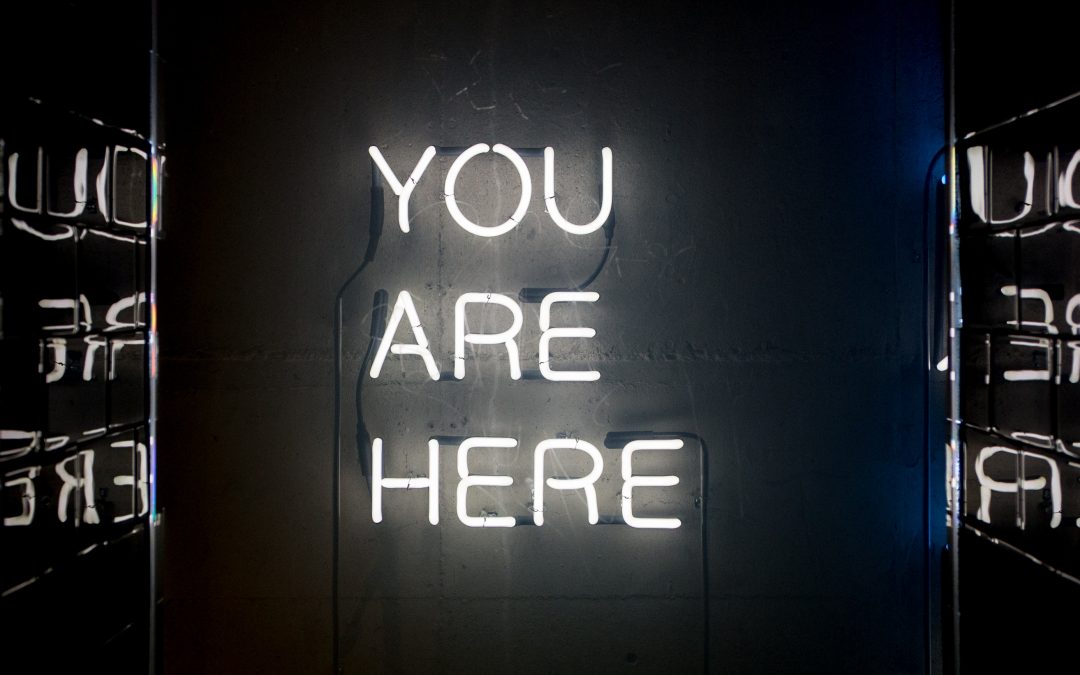
by Rachel Toalson | Wing Chair Musings
I have a quote attached to my cork board right above my desk, and it reads:
“My wish for you is that you continue. Continue to be who you are, to astonish a mean world with your acts of kindness.”
—Maya Angelou
During my writing sessions, I often find my eyes wandering to this quote. It reminds me to write my truth. When I read an unfavorable review, this quote reminds me to keep on creating. When I receive an ugly email or a vicious note, this quote reminds me to continue being exactly who I am. When I feel alone, this quote bolsters me in my wilderness.
I had the privilege of hearing Maya Angelou speak when I was in college. In fact, I had the privilege of covering her speech for the student newspaper, which means I got to shake her hand and look in her eyes and be changed by this brief meeting. It was one of my favorite moments in life, because Angelou has always been a hero of mine. I’m sure she didn’t remember a 19-year-old girl after leaving the Texas State University campus, but I will remember that meeting for the rest of my life.
She was a pillar of beauty, strength, grace, forgiveness. She exuded love by her very being.
To be like her. To be courageous enough to be who I am, to astonish a mean world with acts of kindness. To simply continue.
How do we do this?
Someone much more skilled in the interview process than I was at 19 can help out here. Bill Moyers, an American journalist, once asked Angelou some vital questions:
Moyers: Do you belong anywhere?
Angelou: I haven’t yet.
Moyers: Do you belong to anyone?
Angelou: More and more. I mean, I belong to myself. I’m very proud of that. I am very concerned about how I look at Maya. I like Maya very much. I like the humor and courage very much. And when I find myself acting in a way that isn’t…that doesn’t please me—then I have to deal with that.
This is it. This is what I saw as an inexperienced 19-year-old, meeting Maya Angelou for the first time. This is what I saw all over her written works, which I have read and re-read over the course of my life. She belonged to herself. The whole world could come against her—and, in fact, it tried many times—and she would still stand on her two feet and say, “I am still here, continuing.”
Every day, when I drop my sons off at school, I hug them tightly and say, “Have a wonderful day. Remember who you are. Strong, kind, courageous, and mostly my son.” This is their mission: to continue being who they are.
Some things in this world don’t make the least bit of sense. People rail against the choices we make in our lives. Criticism knocks our knees out from under us. Circumstances beat us down. Life is hard. In a perfect life, cancer doesn’t come out of the blue and steal the seemingly endless future of someone you love. Hate mail doesn’t sail through the cyber waves. There is no violence.
But this is not a perfect world. Sometimes it is incredibly difficult to continue—continue loving, continue spreading kindness, continue being who we are.
But my wish, like Angelou’s, is for you to continue. Continue to be who you are, to shock—no, astonish—the world with your acts of kindness and mercy and grace. With your love.
This is how you will belong to yourself.
(Photo by John Baker on Unsplash)
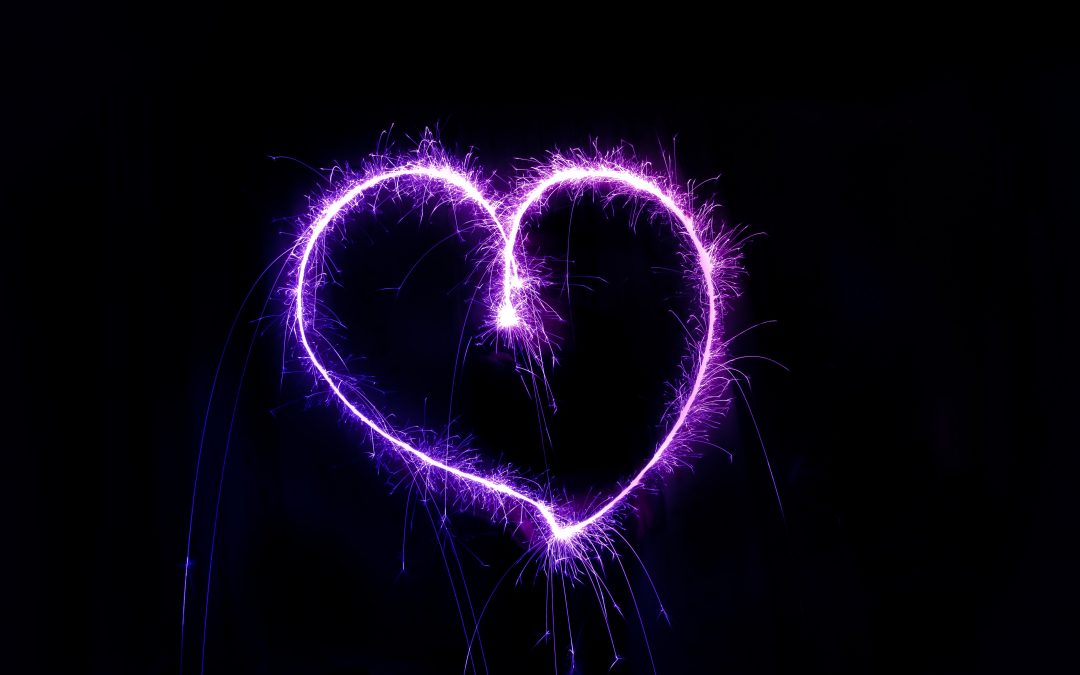
by Rachel Toalson | Poetry
Love
Love shows up gently
in bodies and words—softly,
unannounced, startling.
Love and Marriage
The steps aren’t always
perfect, but the dance turns out
all right in the end.
Love Story
It is a story
of love, passion, and knowing—
this story with you.
These are excerpts from Life: a definition of terms, a book of haiku poetry. For more of Rachel’s poems, visit her Reader Library page, where you can get a couple of volumes for free.
(Photo by NordWood Themes on Unsplash)
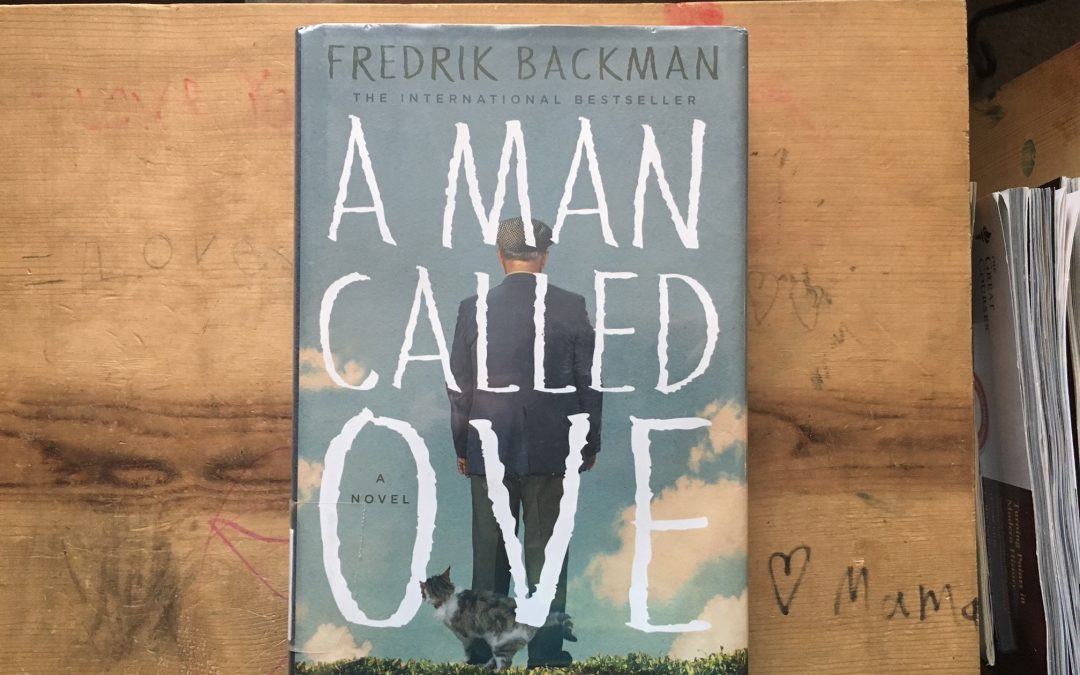
by Rachel Toalson | Books
I cannot get enough of Fredrik Backman. I’m not the kind of person who reads obsessively any adult author, because I prefer kid-lit and young adult books. But him, well. He is fantastic.
A Man Called Ove was the first of his books I read, because my book club chose it as the monthly read. It was immediately addictive in a way you wouldn’t normally consider makes a book addictive.
The story is about an old curmudgeon who cannot be convinced to deviate from his principles. He watches some new neighbors move in, and, of course, they’ll change him entirely.
It was such a sweet story and written so well that I needed to find everything Backman had written. I’m on the third book right now, and every one of them has been as good as this one.
Here are three things I enjoyed most about A Man Called Ove:
- The voice. Backman captured the voice of an old grouchy man so spectacularly that I could not put this book down, even though it wasn’t an action-packed read. But Ove was engaging, in spite of his cranky thoughts and feelings, and it made me laugh out loud many times.
- The bittersweet. Though Ove was a cranky, cheap man, he was, at his core, sweet and kind and fought with a passion for the things he believed in and loved. He lived with regrets, just like any other man, and he had a deep sadness that he did not want to show (but, of course, would). He was a perfectly, thoroughly lovable character.
- The humor. Because of Ove’s character, there were many humorous spots in the book, because he was so curmudgeonly about everything. Even the descriptions of the people he met would show his grumpy demeanor. It was fantastic.
You can see part of the personality that Backman put into the book by reading the chapter names:
A Man Called Ove Buys a Computer that is not a Computer
A Man Called Ove Makes His Neighborhood Inspection
A Man Called Ove Backs Up With a Trailer
A Man Called Ove Does Not Pay a Three-Kronor Surcharge
Here’s the opening:
“Ove is fifty-nine.
He drives a Saab. He’s the kind of man who points at people he doesn’t like the look of, as if they were burglars and his forefinger a policeman’s flashlight. He stands at the counter of a shop where owners of Japanese cars come to purchase white cables. Ove eyes the sales assistant for a long time before shaking a medium-sized white box at him.”
This is most definitely a book I will have to read again, as well as the rest of this author’s backlist.
The above is an affiliate link. I only recommend books that I personally enjoy. I actually don’t even talk about the books I don’t enjoy, because I’d rather forget I ever wasted time reading them. But if you’re ever curious whether I’ve read a book and whether I liked or disliked it, don’t hesitate to ask.
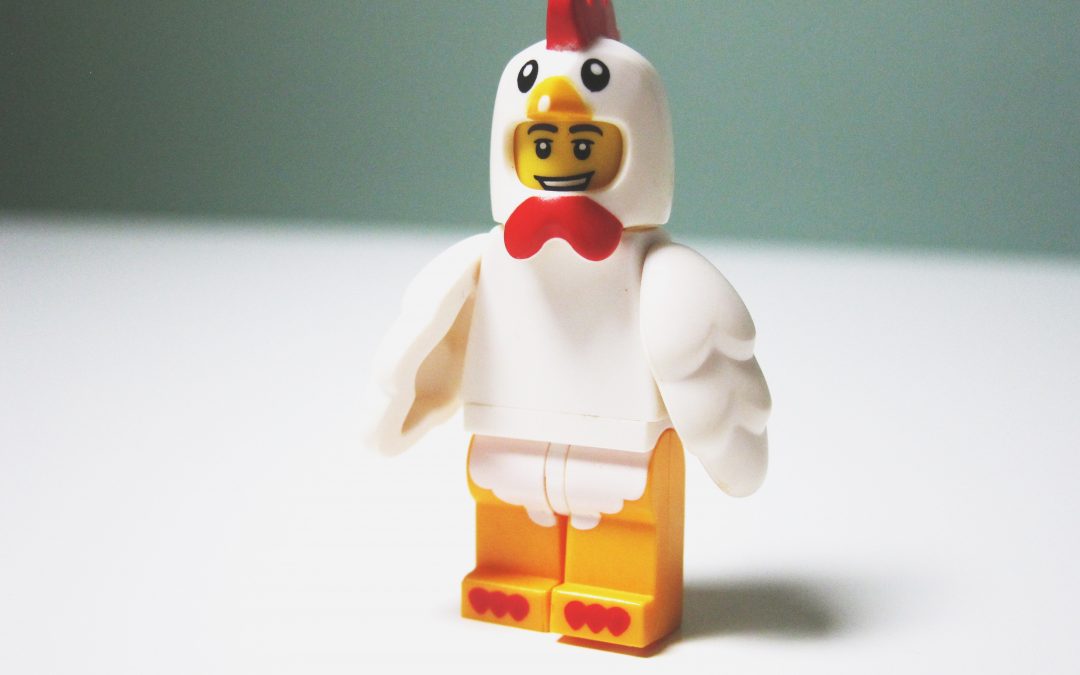
by Rachel Toalson | Crash Test Parents
Let’s just talk for a minute about LEGOs.
I love LEGOs. I really do. They are so much fun to play with. I’m just as guilty of spending an afternoon trying to put together a fire station that Spider-Man is trying to save from the bad guys as my kids are.
The problem is that back when we made the decision to start collecting LEGOs, the oldest was already 7, and he really wanted to collect ALL the Star Wars sets. Which was fine, because Husband likes Star Wars, too, and I don’t mind it so much either, because George Lucas is about the coolest person in the world. But what we didn’t think about when we made the leap was how all of those sets would become one big set.
The oldest has seven different LEGO Star Wars sets, and they somehow became four bins of LEGOs. It would take years to put those sets together the way they were intended to be put together, and I guess I should be thankful for all the things he does with them instead (he made a near exact replica of our house once out of the LEGOs), but the thing is, I really wanted to see what those sets looked like put together, and I never got to. I probably care way more about this than my kid does.
The other, bigger problem is that when it’s time to clean up LEGOs, it’s pretty much impossible to clean them all up. When we tell our boys it’s time to clean up, they’ll look at just the one bin they’ve dumped out and they will already feel completely overwhelmed and unable to complete such a daunting task, because there are a billion tiny little pieces, and even after overcoming that initial resistance and getting started, there’s no way they’ll put away every piece. Kids are practically blind. It’s impossible to clean up all the LEGOs. Some pieces get knocked beneath the carpet in the dining room. Some get shoved under the sofa table behind the couch, and they will surface days after we lock their bins away in the garage, or sometimes they will make an appearance in mere hours, usually because someone has knocked something else out from under the couch and this culprit brings with it an overlooked LEGO piece that either (a) reminds my kids they have LEGOs or (b) remains invisible, trapped in carpet fibers so that the next time I kneel on the floor it will slice my knee cap in half.
When my boys play with LEGOs in our house, the LEGOs can do nothing else but explode. And by explode, I mean they explode—go everywhere imaginable. I’ve had one in a sock before, and I have no idea how it got there. I’ve sat on one hiding under the bolted-down cushion of a chair (you think it hurts to step on a LEGO piece? Try sitting on one and you tell me which one hurts more.). I’ve found them in the boys’ shoes, in plant pots, inside the piano bench (someone’s trying to play me. There’s no way a LEGO piece could crawl into a closed piano bench nook.).
It doesn’t matter if there’s one bin out or three of them, the mess and its disaster will be exactly the same.
And then, when the 8-year-old decides that he’s made the very definition of a masterpiece, he always wants to leave it out, because he does NOT want to break something this amazing, and how do you explain to an 8-year-old that he has 3-year-old brothers who will, at the most inopportune moment, find that masterpiece and not only destroy it but destroy the room in which it sits, fashioning a national disaster that would make a tornado jealous.
LEGOs just aren’t a convenient thing to have around in a house full of kids, as much as I love them. They were a good invention. Truly. I understand how they can make kids really good at building the imaginary shapes and buildings and lands that live in their heads, but when it’s all said and done, I’m not entirely convinced having them around is worth it. They’re like glitter. You try to wipe it away, but it never really goes away, and you’ll keep finding glowing specks of it months after you rid yourself and your home of its every trace (or so you think).
I’m not saying we’ll get rid of our LEGOs. I’m just saying that somebody, by now, should have invented some sort of LEGO vacuum cleaner that has the power and intelligence to suck up all the LEGO pieces on a floor or between couch cushions or in shoes and empty them out neatly into their designated bin. Although that probably wouldn’t be a great idea, because in my home, you’d also be sucking up whole layers of dirt and hair and stale food the kids like to “accidentally” drop when I’m not looking (it all looks suspiciously like spinach). So you’d need two different filters, one for the LEGOs and one for all the other trash, but then what if the vacuum cleaner gets confused and ends up putting the trash in the LEGO bin and the LEGOs in the trash one, and then you just have a bigger mess than when you started. (This is where my mind wanders when my kids are creating worlds with words and all talking at the same time and my brain hits overload.) I’m sure there are much smarter people working on this than me.
We now have the option of renting LEGOs. Which honestly sounds like a nightmare waiting to happen. If we lose library books that are as big as my face, you better believe we’re going to lose LEGO pieces.
So I guess we’ll just stick with our own. I’m getting callouses from stepping on the invisible ones anyway. Pretty soon LEGO pieces won’t be able to penetrate these feet, and I’ll give up caring that somebody detonated a bin of LEGOs up in here.
This is an excerpt from The Life-Changing Madness of Tidying Up After Children, the second book in the Crash Test Parents series. To get access to some all-new, never-before-published humor essays in two hilarious Crash Test Parents guides, visit the Crash Test Parents Reader Library page.
(Photo by Hello I’m Nik on Unsplash)
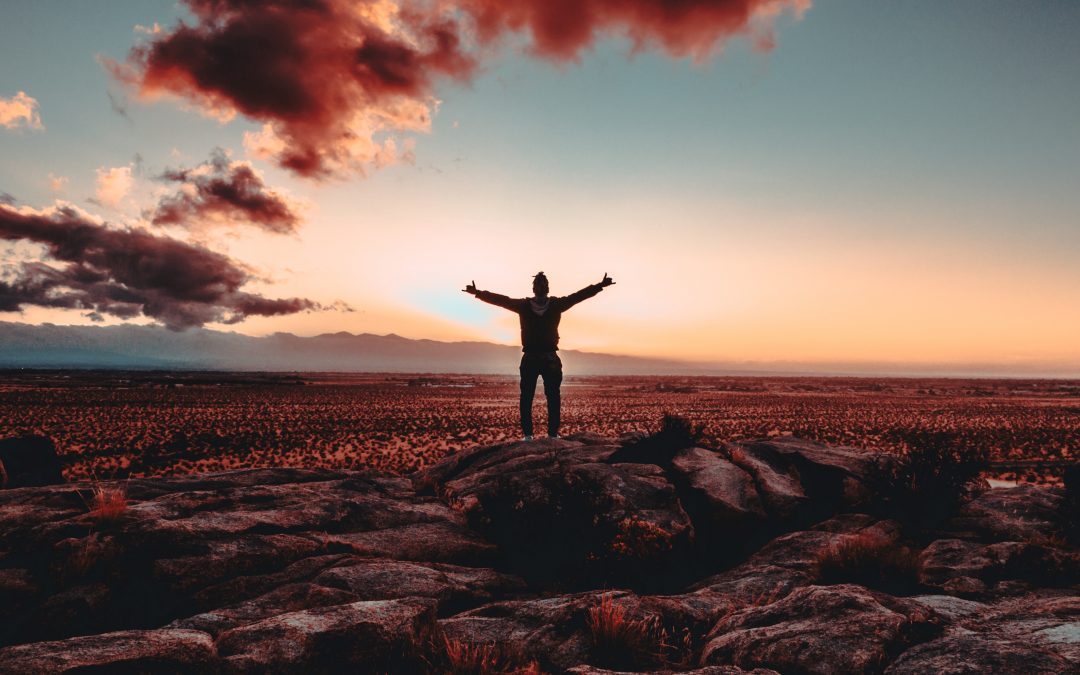
by Rachel Toalson | Wing Chair Musings
Just a few days ago, I got a precious letter from a reader, thanking me for one of my essays. She found it because she was looking, because she’d just lost two babies, twins, and she needed some comfort.
I have written many versions of this story, about the daughter who died before I could meet her, because writing is my way of working through something hard and unthinkable and tragic. Writing is my way of finding my feet again.
The day they wheeled me into the operating room, where they sucked a dead baby from my uterus in the same way they take live ones from the women who don’t want them, I wrote the pain onto my phone until the anesthesia knocked me out. And then I started writing again as soon as I woke, when the agony of an empty womb ran red and bled through my fog.
I wrote in all the days after. All the months after. All the years after.
And now, three years later, there is a woman searching for comfort, and she finds my words, and she feels less alone in her sorrow, even though we are thousands of miles apart.
We count it all joy.
We count it all joy that a day as sorrowful as that one could do this: Heal another heart, or at least some small piece of it.
///
The year I turned eleven a letter came in the mail for my mother. It told her secrets she had known for years but didn’t dare believe, because even in the humiliation, even in the shame, even in the disappointment, she still loved.
The letter told a story of a man and a woman and a child and a baby on the way. It told the truth of heartache and betrayal. It told the future of a single mother.
She didn’t feel brave enough to become what the letter said she must, but she did. She filed for divorce and bought a house with the last of her savings and got a second job so she could raise her kids on her own.
It wasn’t all neat and pretty, because she was lonely and heartsick and sad, and sometimes it was near impossible to see a way out of the mess. But she put one foot in front of the other and marched on, like a heroic woman warrior, because she had three kids who needed food and shelter and both a mother and a father—and she would play the father for a time.
There came a woman, years later, who visited her Sunday school class, who broke into tears when the leader asked for prayer requests, who could barely say what she needed to say about leaving a husband and two kids to feed and not really knowing how or if she would make it on her own.
And my remarkable mother knew the answer to this woman’s wondering.
Yes, she said. Yes, you can make it. And here is how.
The real miracle of it is that my mother, in comforting another woman who had lived the same story, found her way fully into forgiveness.
We count it all joy.
///
It’s not easy, this counting it all joy—because there is a baby who died, and there is a husband who is husband no longer, and how can this dark night turn to sun-bright day?
Maybe it’s hard to see from the suffering side of it, that our pain will one day, months or years or decades from now, be used to comfort another ripped-in-two heart. Maybe it doesn’t seem fair that we would have to endure death and divorce and abandonment and shame and disappointment and fear and pain and anxiety and heartbreak so that one day down the road we can walk someone else through their own.
Maybe we wouldn’t choose it for ourselves, not in a million years.
But all those maybes don’t change the truth: that our sorrow places, those chasms cut with knives that plunge deep, are the very places we can be filled with the deepest joy. Of course it’s hard, and of course it’s unwanted, and of course we would never dream of asking for the opportunity to suffer, but this is life and this is unfair and this is what happens when we choose to risk and love and live.
In the sorrow places we learn how to live with our hearts wide open. Our lives wide open. Our selves wide open.
We learn how to count it all joy.
///
When my third son was born, our pediatrician, an amazing, empathic man, breezed into the room and shook my husband’s hand, pulling him into an embrace, because he was, genuinely, so excited that another Toalson boy had slipped into the world. And then, when the congratulations were done, he took out his devices to look over the baby.
The air in the room shifted when he listened to my boy’s heart. He tried to act like it wasn’t a big deal, but I could see the alarm in his eyes.
“It sounds like there’s a murmur,” he said, and he looked at my husband, not me, because he knew, he knew what those words would do to me. “It’s probably just one of the valves that hasn’t closed up yet. Sometimes that happens. It’ll likely correct itself.” He put his devices away and then said, like an afterthought, “Come see me in another week so we can make sure.”
It didn’t correct itself.
He referred us to a specialist, and it was two weeks of dreaming about a boy whose lips turned blue while I watched and there was absolutely nothing I could do about it. Two weeks of agony, waiting for that appointment, waiting for someone to tell me if something was wrong with my baby boy’s heart.
I would put my older boys down for their nap, and I would hold my newborn while I should have been sleeping, because sleep was the least important thing in the world if I had to say goodbye. I would pull him into bed with me at night, because I was so afraid it would be the last night. I would cook dinner, holding him in my arms, my tears dropping into the chicken noodle soup.
And then, finally, finally, finally, came the appointment. I took my infant into the room while my husband stayed with our other two sons in the decked-out waiting room full of toys. This was a heart doctor for children with heart defects. The waiting room was amazingly entertaining.
I sat beside the doctor and her assistant, who was there to hold down the babies who decided they didn’t want to do an echocardiogram. She warned me I might have to help hold him down, but my boy slept right through it.
He slept through a doctor pointing out all the perfection, running her finger along the lines of arteries that pumped and pulled blood. He slept through a mama sobbing because of the incredible, miraculous beating of a tiny little heart, pulsing on a screen, lighting up with red and blue, the colors of life. He slept through a mama sobbing harder, if possible, when the doctor said, “Perfectly healthy. Nothing to worry about here.”
“I’m sorry,” I kept saying. “I’m sorry. It’s just…”
I couldn’t even find the words for something so big and yet so small, but the doctor understood. Of course she did. She sees it all the time, these tiny veins and tiny organs and tiny perfection pieces keeping a baby alive. She patted me on the arm and sent me out the door with the words, “Go enjoy your healthy baby boy.”
And I did.
A year later, a friend’s daughter was born with what doctors suspected was a murmur. I knew what it was like. I knew the agony of waiting and the torture of anxiety and the way worry can take a whole birthing day and wring the life right out of it.
So I shared my story. I let her know she was not alone in her fear, that someone else had walked her shoes, that she was not forgotten or unseen but known in her suffering.
We count it all joy.
///
There is a catch here, too. Of course there is.
We can suffer in silence. We can crawl into our shells and pretend life is grand and we have not a care in the world, and we can show them that worry and anxiety and suffering do not touch us.
We can grieve secretly, alone, in our closed-off places.
It’s more comfortable there, because our shells are thick and dark and hidden, and “they” don’t have to know that we questioned the purpose of life when our baby died, and “they” don’t have to know that we worried we would not make it as a single mom of three kids, and “they” don’t have to know that we doubted the very existence of God in the moments we thought our boy could die.
Or we can set those secrets free. We can let our sorrow loose to light up the world, transform it completely. The beautiful piece of sorrow is that the darker it looks on this side of it, the brighter it turns on the got-through-it side.
How do we let loose our sorrow?
We share. We tell our stories. We carry on.
We’re not the first or the last to walk through this specific sorrow space, but it is only in our sharing that we see clearly that we are never alone. That we can bear each other’s burdens. That we can heal, together.
That we can count it all joy.
This is an excerpt from We Count it All Joy, a book of essays. For more of Rachel’s writings, visit her Reader Library page, where you can get a couple of books for free.
(Photo by Xan Griffin on Unsplash)
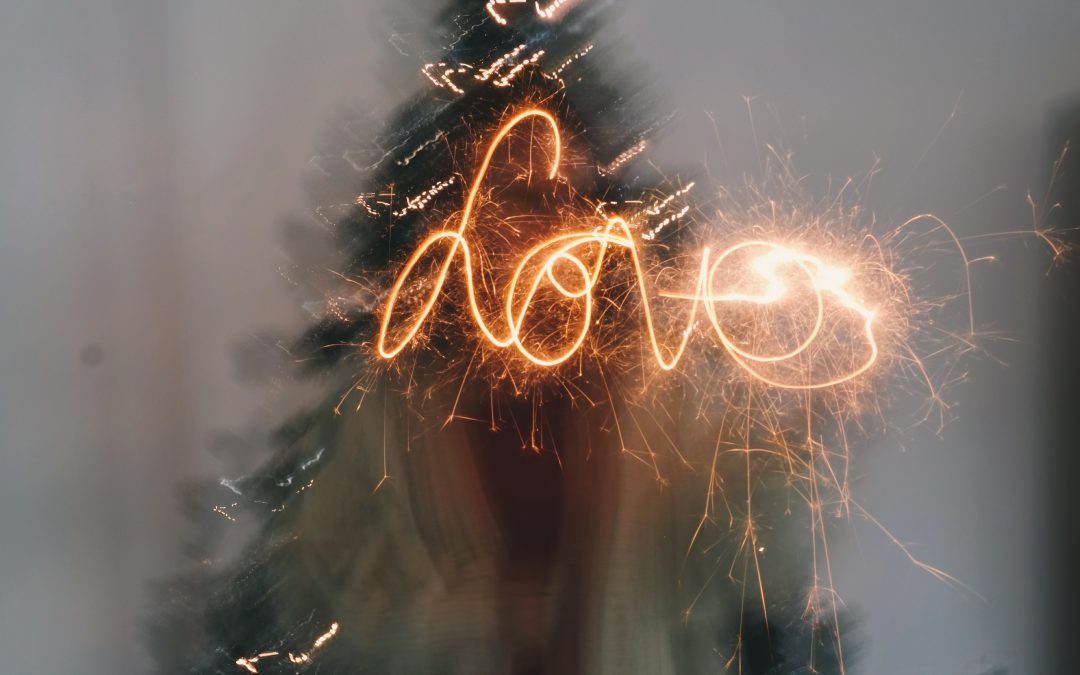
by Rachel Toalson | Poetry
Lying in bed
On a chilly winter morning, the
Velvety touch of limbs and heat an
Expanse of blissful being
(Photo by Brigitte Tohm on Unsplash)
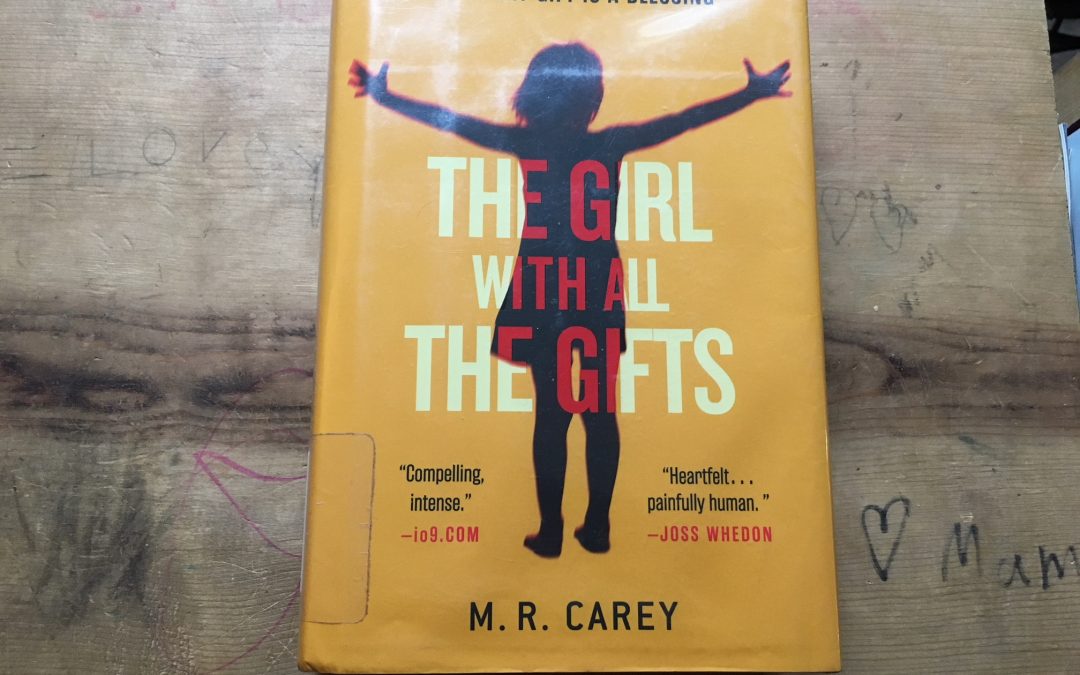
by Rachel Toalson | Books
I’d seen a couple of my writer friends talking about The Girl With All the Gifts, by M.R. Carey, and thought I would give it a try. I’m so glad I did.
I haven’t read many zombie books, because they don’t really strike my fancy. But this book was a zombie must-read. Carey has a way with words and world-building, and it was simply a fantastic look at an end-of-world scenario in which life and un-life battle.
Here are three things that I enjoyed most about this book:
- The premise. There is a virus that has overtaken the world, and it grows in the brains of people and turns them into zombies. This is a premise that has been used for zombie-apocalypse stories before, but there was something about Carey’s rules that changed things. You’ll have to read it to find out why. But I will tell you this: The Girl With All the Gifts featured zombie children and humanized a very un-human group. It was fantastic.
- The characters. This book is told from multiple points of view, and the characters were all incredibly interesting. I found each one of them likable, believable, and honorable, no matter the mistakes they’d made in their pasts.
- The horror. This wasn’t your typical hide-under-the-blankets horror, but I also had some nightmares about zombies chasing me; they are, by nature, creepy. This might be more indicative of my own incredibly horrific imagination, but it has something to do, too, with Carey’s ability to draw out the tension and then ramp up the action so you were constantly on the edge of your seat. Toward the climax, I told my family they would have to deal with the fact that I needed to finish this book; otherwise I wouldn’t be able to get out of bed because of the horror of not knowing what was going to happen—and whether it could happen to me.
Here’s the first line of the book:
“Her name is Melanie. It means ‘the black girl’, from an Ancient Greek word, but her skin is actually very fair so she thinks maybe it’s not such a good name for her. She likes the name Pandora a whole lot, but you don’t get to choose. Miss Justineau assigns names from a big list; new children get the top name on the boys’ list or the top name on the girls’ list, and that, Miss Justineau says, is that.”
Such a great beginning for a fantastic book.
The above is an affiliate link. I only recommend books that I personally enjoy. I actually don’t even talk about the books I don’t enjoy, because I’d rather forget I ever wasted time reading them. But if you’re ever curious whether I’ve read a book and whether I liked or disliked it, don’t hesitate to ask.











